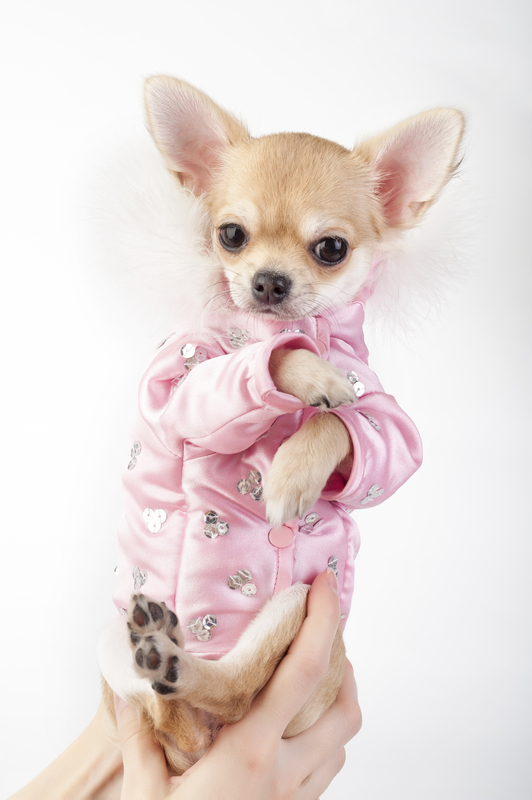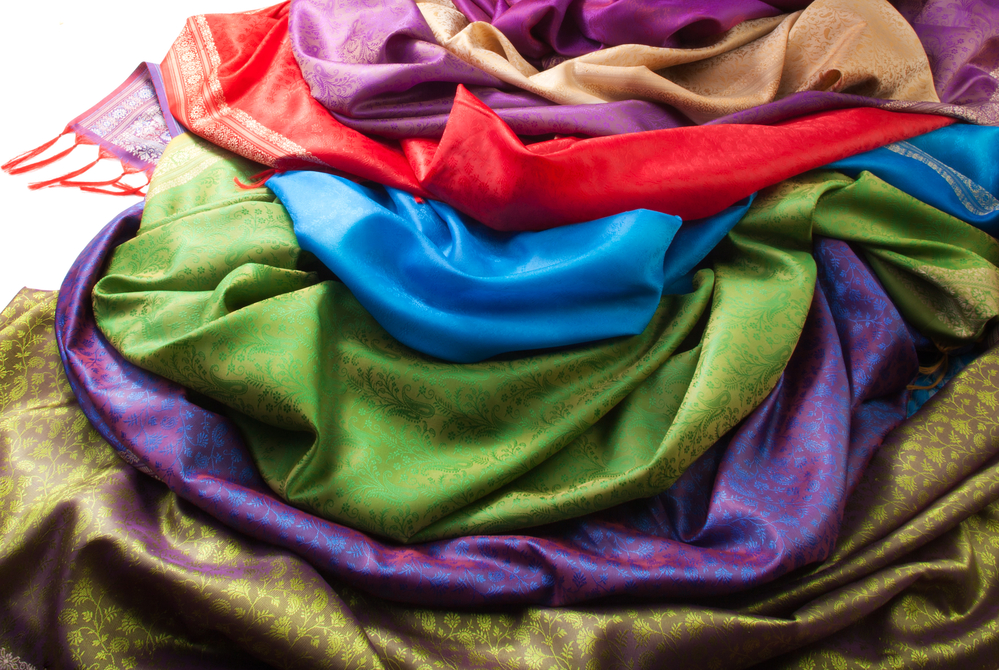
The dog world (which is to say the world of the fancier) is filled with decidedly un-canine-like terms to describe our various breeds. They can have the head or tail of an otter, ears like a bat, goat-like hair, be a color that make us hungry (lemon, chocolate, chestnut, pepper, apricot, cream), or thirsty if you’re a fan of Black and Tans.
It’s not a surprise, then, that when describing the texture of different breed coats, some terms come from textiles. For grins, we chose five “fabric” terms just to see if they showed up in any AKC breed standards as desirable traits, not as DQs, and the results surprised us a little. One term showed up a lot, one term not at all, and, unexpected (to us, anyway), was a word we expected to see more than we did. In fact, only one AKC breed as of this writing included that word in its standard. Only one breed out of nearly two hundred.
We did a search on the words, cottony, wooly, linty, silky, and satiny as desirable traits, not as DQs or undesirable traits. Which word do you think appeared the most among all AKC breed standards? Which do you suspect didn’t show up at all? And which word do you think appeared only once, and in which breed? We include FSS and Miscellaneous breeds.
The answers appear under the image below. Don’t scroll past it until you’re ready to see them.

Image/DepostStockPhoto
Only two AKC breed standards mentioned “cottony:” The German Spitz and the Coton de Tulear.
“Wooly” showed up in six breeds as a good thing: The Puli (undercoat), Spanish Water Dog, Chow Chow, Chesapeake Bay Retriever, Samoyed, and the Lagotto Romagnolo;
We didn’t expect to see “linty” show up outside of one particular breed standard, but we were surprised not to see “linty” at all in the Bedlington Terrier’s AKC standard. It appears in the Kennel Club standard (Coat: Very distinctive. Thick and linty, standing well out from skin, but not wiry) as well as the Canadian KC (Coat: The thick and linty coat is a distinctive mixture of hard and soft hair that stands out from the skin and shows a tendency to curl);
Coming in as the most used descriptive from the fabric world is “silky.” Take a look at the breeds that mention it in their respective standards: Biewer Terrier, French Spaniel, Spanish Mastiff, Afghan Hound, Scottish Deerhound, Borzoi, Saluki, Irish Setter, Cocker Spaniel, Field Spaniel, Vizsla, English Cocker Spaniel, Irish Red and White Spaniel, English Setter, Chinese Crested Hairless, Havanese, Japanese Chin, Papillon, Maltese, Silky Terrier (shocking, says no one) Cavalier King Charles Spaniel, Russian Toy, and Yorkshire Terrier.
We wouldn’t have thought there would be too much difference between the feel of satin and silk, so we anticipated seeing “satiny” show up more than we did. In fact, only one AKC breed standard as of this writing includes the word, and that is the Toy Fox Terrier: Coat: The coat is shiny, satiny, fine in texture and smooth to the touch. It is slightly longer in the ruff, uniformly covering the body.
The things we learn in the course of researching dogs. As a result of this post, we learned that satin is not a material, but rather a specific weaving technique where threads of a fabric are woven very closely together. Silk, on the other hand, is a natural fiber, derived from the cocoons of silkworms.
Image: Our Chihuahua in silk jammies by © N Po |Dreamstime.com is not a breed in which “silky” appears in its AKC standard

Well, I was right about “linty” not appearing in any AKC standard, but would have said silky most common if I’d remembered the categories 😉